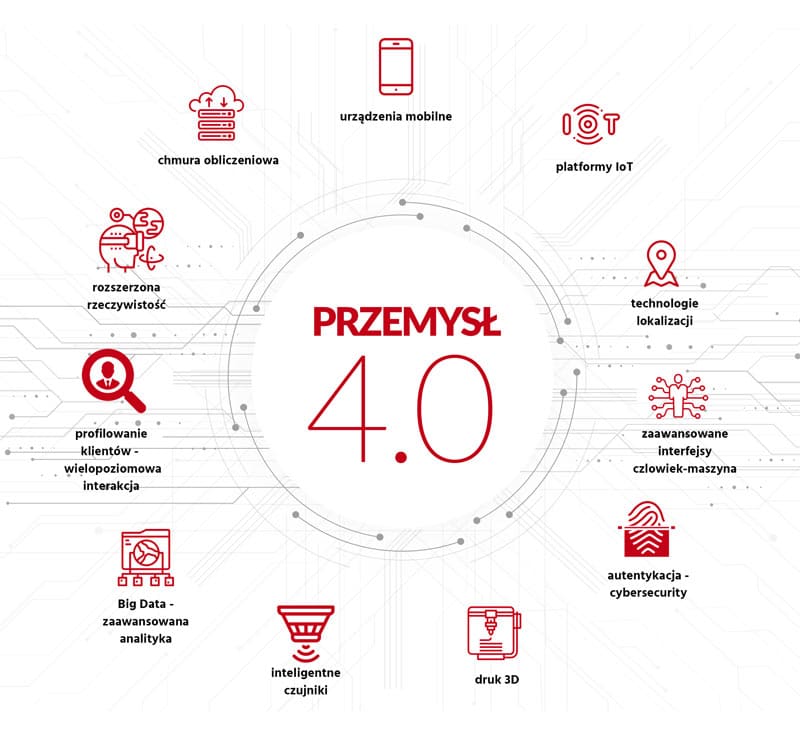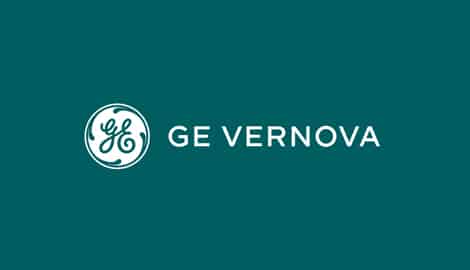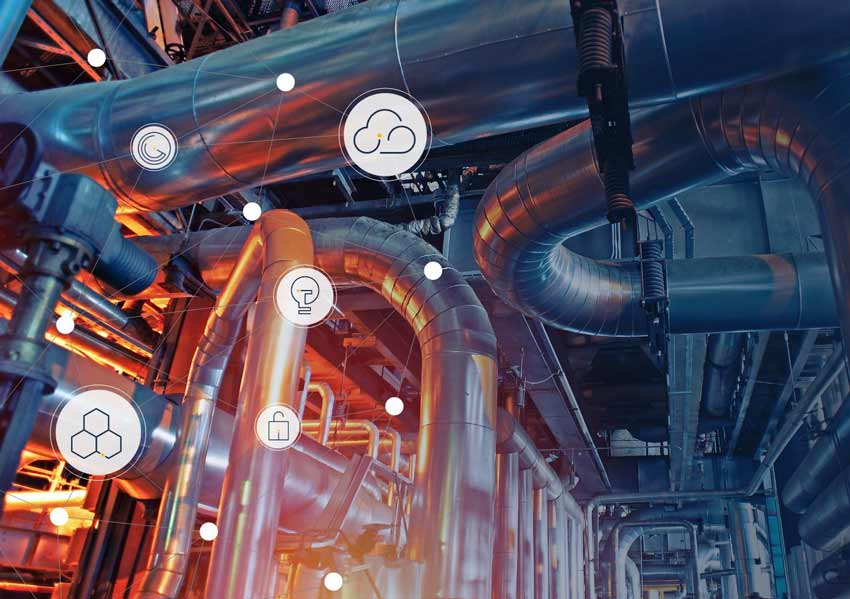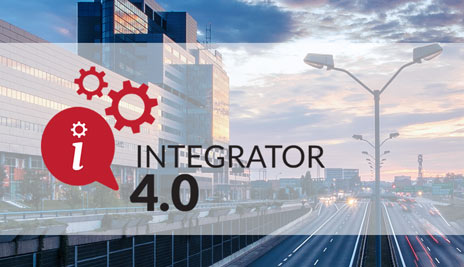Industry 4.0 and its elements
Industry 4.0 encompasses many different ideas and concepts for optimizing industrial activities. The topic was widely discussed, not only in scientific articles, blogs, but also during conferences, events or academic lectures. So can we say something more about it?
About Industry 4.0 concept
The Industry 4.0 thesis was born at the end of the first decade of the 21st century in Germany as a response to the mass computerization of industrial enterprises. The implementation of this idea is closely related to the “industrial race” and greater competitiveness of European markets compared to the Asian and American markets.
Along with the technological leap in enterprises, certain rules regarding the functioning of the organization and the value chain appeared. They largely concerned cyber-physical systems, the Internet of Things and cloud computing. Currently, there are many more components of the Industry 4.0 idea, including 3D printing, AR, mobile solutions and elements of network security.
We have our share in the puzzle about Industry 4.0 – for several years we have organized conferences in various regions of Poland for clients under this banner (but not only). We also implement and have in our commercial offer solutions in the field of Industry 4.0.
Mobility
Work wherever you want! You can work from anywhere in the world, always having an overview of what is happening in your company. Do you want to know what the current indicators for the production line look like? You don’t have to get up from your desk! You can view them using Proficy Webspace or Proficy Operations Hub applications.
IIoT platforms
Online industrial machine management becomes a reality. What we get used to at home (smart light bulbs or household appliances) enters factories. Turning machines on and off remotely, controlling the machine speed, or verifying machine downtime through remote viewing – it all happens before our eyes.
3D printing
Additive solutions in the 21st century are a necessity. A broken part in the machine or the need to change the gripper is no longer a problem. 3D printing allows you to create elements not only durable, but also with specific physical properties such as porosity, liquid resistance or temperature resistance. The Multi Jet Fusion technology is one of the most accurate technologies available on the market. More information about 3D printing can be found here.
Cybersecurity and authentication
This element is not directly associated with the idea of Industry 4.0, but is implied by it. You cannot computerize and automate an industrial enterprise without assuming an appropriate level of security. A large number of data collected thanks to, for example, Historian systems, should go hand in hand with their proper protection, moreover, a large part of the data should be available only after confirming access to them – with a suitably complicated password, card, biometric solutions (scanning the finger, face, eye retina) ). When it comes to cybersecurity, it is worth including elements such as data encryption and their quickly restoreable, secure backup.
Big Data
The amount of data that modern enterprises handle is counted in petabytes (if not higher units). In companies implementing the concept of Industry 4.0, these data are naturally reported, properly “processed”, and basing on them, simulations (such as a digital twin) are created. It might seem that only the largest players in global production markets have implemented such solutions – but no! Among the companies that use Big Data there are also smaller enterprises, and sometimes production startups. Knowledge resulting from properly prepared reports and a large amount of collected data (or signals) is irreplaceable and undeniable. Thanks to such data, we can calculate after what time the return on investment in new machine will take place, or when the machine may experience its first failure.
Cloud computing
A large amount of data requires appropriate storage and computing power, and thus maintaining your own server farm and its technical support, as well as including the costs of system modernization (and we know that it will be necessary). Hence, many companies choose the option of sending their data to the cloud, which will always be up-to-date, always properly secured and fast. Data stored in the cloud does not burden our internal infrastructure, and advanced Big Data operations take place outside our, probably less efficient, equipment.
Augmented reality
We are familiar with it thanks to various types of computer games, VR goggles, which take us into a different, fantastic world. The same invention can serve new technologies. Already, thanks to AR and VR goggles, young surgeons are perfecting their medical workshop, and augmented reality begins to pour in an ever wider stream into manufacturing companies. For now, mainly as a remote technical support, but the multitude of applications of this technology may surprise us soon.
Is this the end?
We have described only a few elements related to Industry 4.0, among others we can name: advanced human-machine interfaces, location technologies, intelligent sensors and customer profiling, and this is probably not the end of this list. A large part of new technologies, after the period of ‘play’ or ‘home use’, find their way into ‘serious’ or ‘adult’ applications (such as AR, 3D printing, IoT). Some are created only with the ‘serious application’ scenario. Modern technology is not idle, new fantastic ideas are just around the corner. So is Industry 4.0 a complete enumeration of ideas?
…Probably not.



